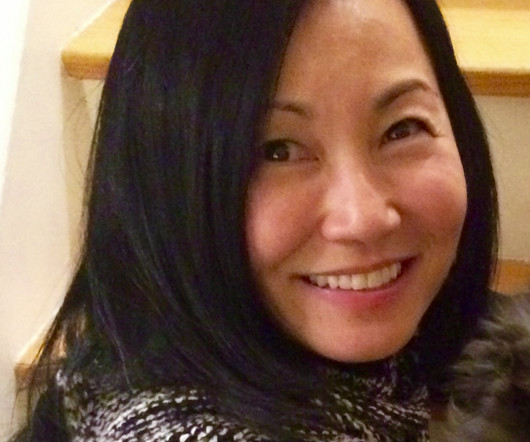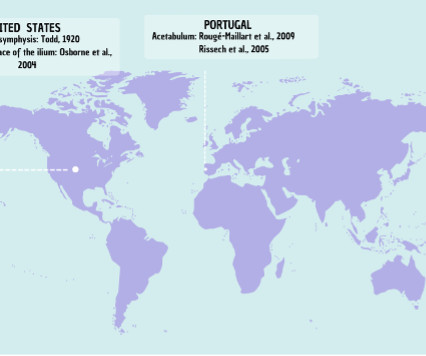AI for Learning: Experiments from Three Anthropology Classrooms
Anthropology News
JUNE 27, 2024
AI is shaping our everyday lives, but as anthropology teaching faculty, most of our recent AI-related conversations have had a singular focus: how to deal with generative AI tools like ChatGPT in the classroom. Below, we present case studies from three anthropology courses using three different sets of AI tools.


























Let's personalize your content